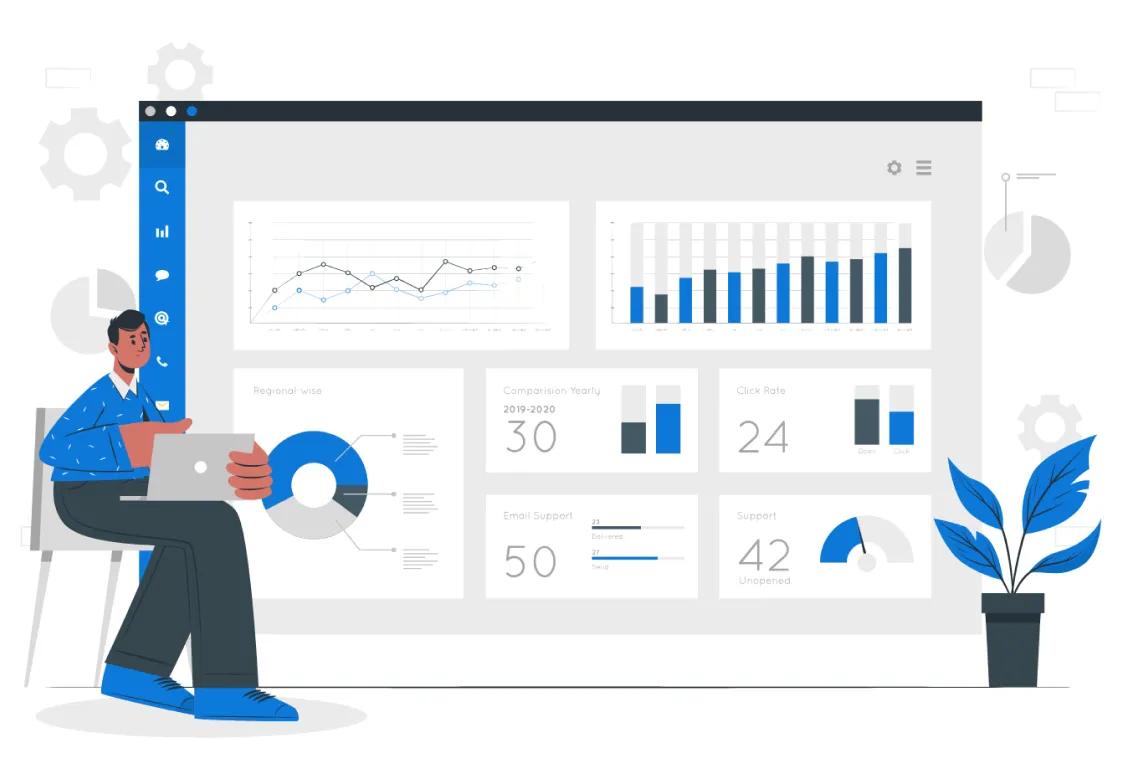In today's data-driven world, businesses are increasingly recognizing the value of leveraging analytics data to optimize user experiences. By combining insights from multiple sources, such as Adobe Analytics and ContentSquare, companies can gain a deeper understanding of user behavior, preferences, and pain points. This blog post explores how the integration of Adobe Analytics and ContentSquare can be a powerful approach for enhancing UX (User Experience) and driving meaningful outcomes for clients and end customers.
Comprehensive Data Collection
The integration of Adobe Analytics and ContentSquare enables companies to capture a wide range of user interactions across digital touchpoints, providing comprehensive data collection. This holistic view allows businesses to better understand their clients' customers and how they interact with websites or digital platforms.
For example, Adobe Analytics can provide data on high-level metrics such as website traffic, bounce rates, and conversion rates. ContentSquare can provide more granular data on user behavior such as mouse movements, scroll depth, and time spent on page. By combining these two data sources, businesses can gain a deeper understanding of how users interact with their digital platforms and identify areas for improvement.
Uncovering User Intent and Behavior
By leveraging both Adobe Analytics and ContentSquare, companies gain insights into user intent and behavior throughout the customer journey. Adobe Analytics provides high-level metrics and segmentation capabilities, helping identify macro-level trends and customer segments. ContentSquare offers granular heatmaps, session replays, and user journey analysis, allowing businesses to observe individual user behavior, pain points, and areas of improvement. This integration provides a deeper understanding of user preferences, enabling companies to tailor experiences to meet their clients' customers' needs.
For example, a business might use Adobe Analytics to identify that a particular segment of users is abandoning their shopping carts at the checkout page. They could then use ContentSquare to see how these users are interacting with the checkout page and identify any areas where the experience could be improved.
Identifying Optimization Opportunities
Integrating Adobe Analytics and ContentSquare empowers companies to identify optimization opportunities and prioritize UX enhancements. By analyzing data from both platforms, businesses can uncover patterns, trends, and anomalies that highlight areas for improvement. This helps in identifying specific pain points and addressing them to enhance the user experience. By optimizing the UX, companies can improve customer satisfaction and increase conversion rates for their clients.
For example, a business might use Adobe Analytics to identify that a particular page on their website is receiving a lot of traffic but has a low conversion rate. They could then use ContentSquare to see how users are interacting with the page and identify any areas where the experience could be improved.
Personalization and Tailored Experiences
The combination of analytics data from Adobe Analytics and ContentSquare enables companies to deliver personalized experiences that resonate with individual end customers. By understanding user preferences, interests, and needs, businesses can deliver targeted content, recommendations, and interactions. This level of personalization enhances engagement, satisfaction, and loyalty, benefiting both the clients and their end customers.
For example, a business might use Adobe Analytics to identify that a particular customer has purchased a particular product on their website in the past. They could then use ContentSquare to see what other products this customer has viewed or interacted with. This information could then be used to recommend other products that the customer might be interested in.
Continuous Improvement and Iteration
The integration of Adobe Analytics and ContentSquare supports a culture of continuous improvement and iteration. By monitoring user behavior and leveraging data-driven insights, companies can implement iterative changes to enhance the user experience continually. Regular analysis of analytics data allows businesses to measure the impact of UX optimizations, make data-informed decisions, and ensure ongoing improvements that benefit clients and end customers alike.
For example, a business might use Adobe Analytics to track how users interact with a new feature on their website. They could then use ContentSquare to see how users are actually using the feature and identify any areas where the experience could be improved.
Conclusion
By leveraging analytics data from Adobe Analytics and ContentSquare, companies can unlock powerful insights to enhance the user experience for their clients' customers. The comprehensive data collection, understanding of user intent and behavior, identification of optimization opportunities, personalization capabilities, and continuous improvement mindset all contribute to creating engaging, user-centric experiences. This benefits both clients, who can achieve their business goals, and end customers, who enjoy seamless and satisfying interactions with digital platforms. By harnessing the power of Adobe Analytics and ContentSquare, companies can deliver exceptional user experiences that drive success and foster lasting customer relationships.

